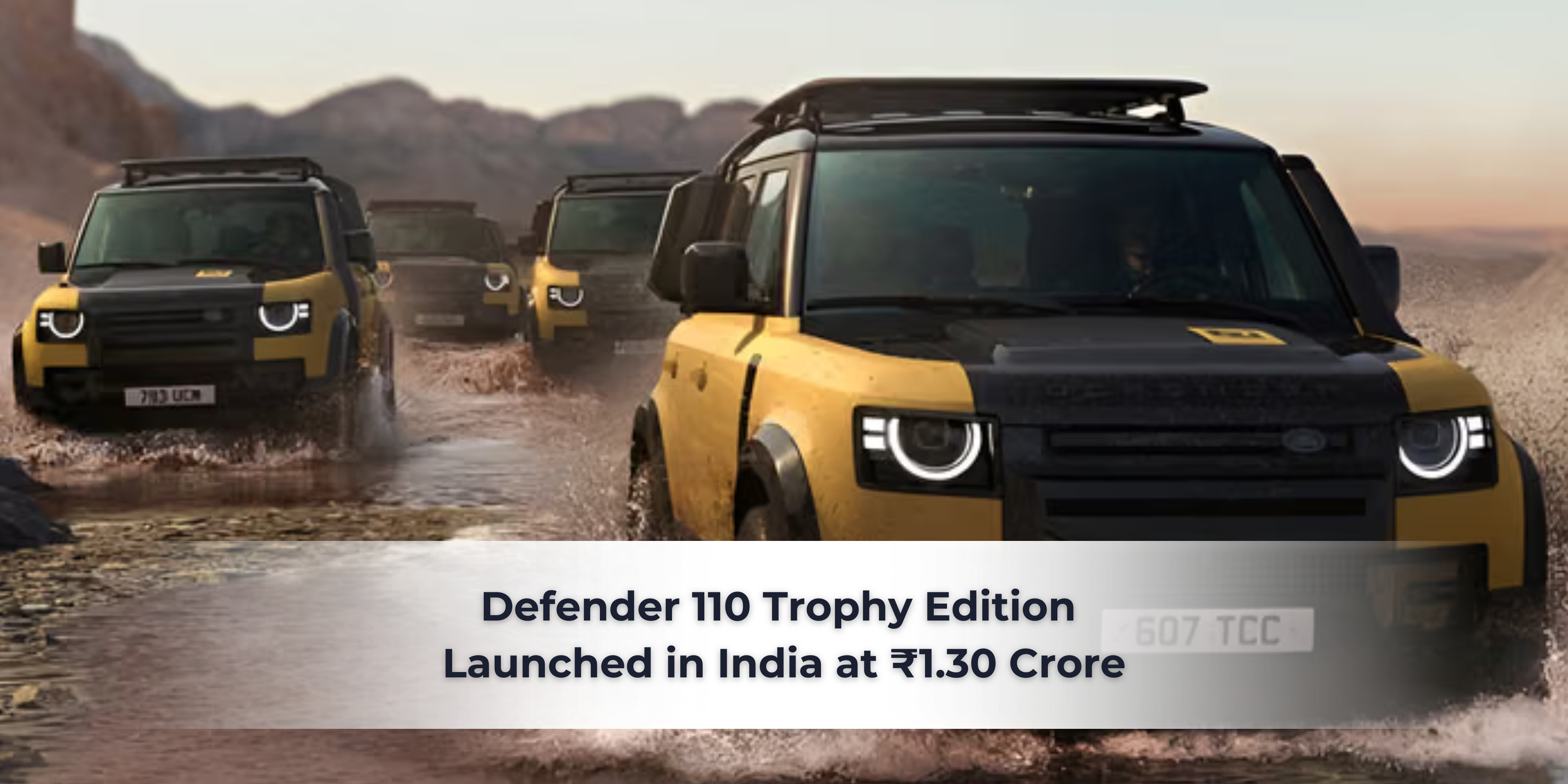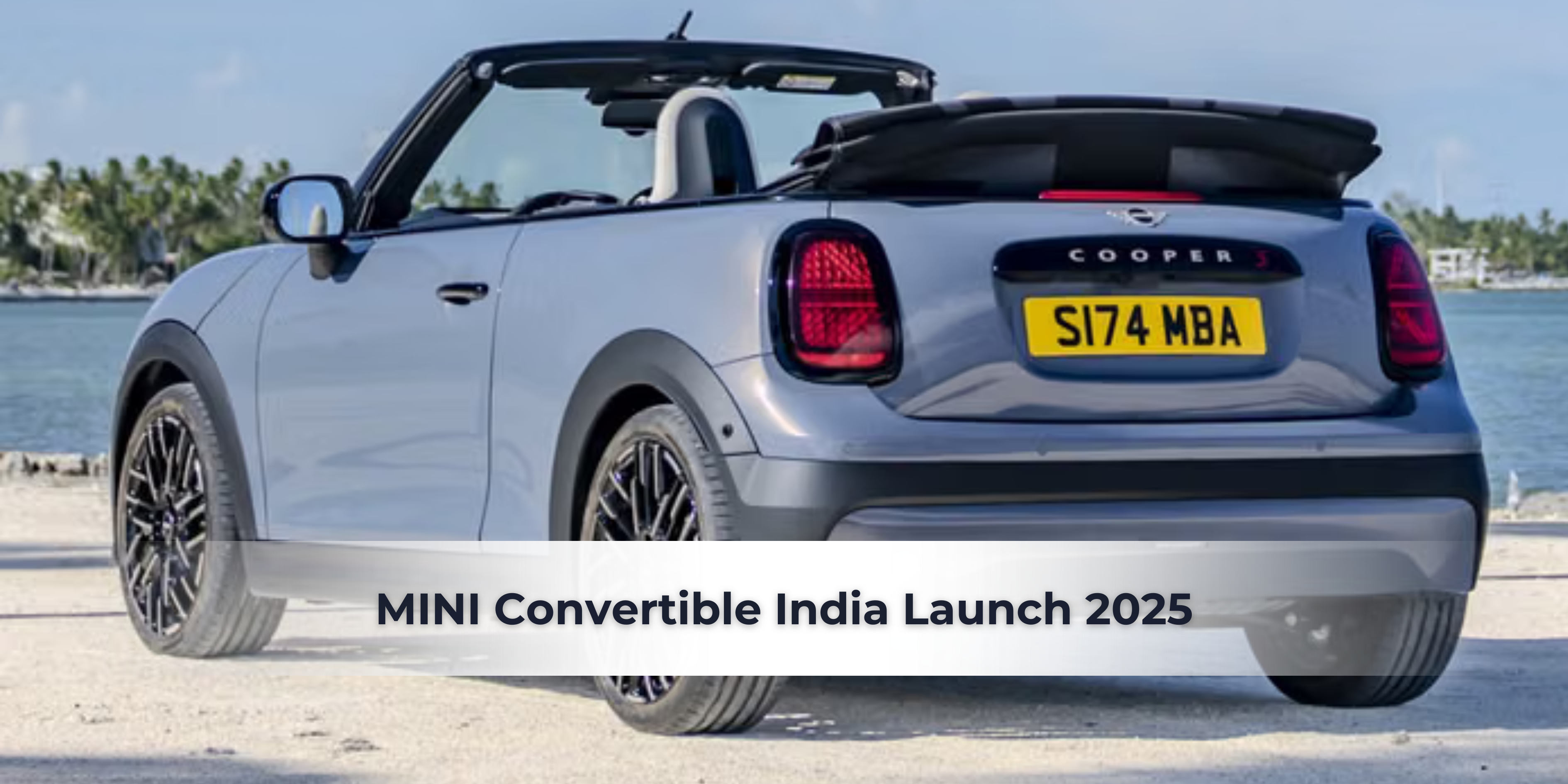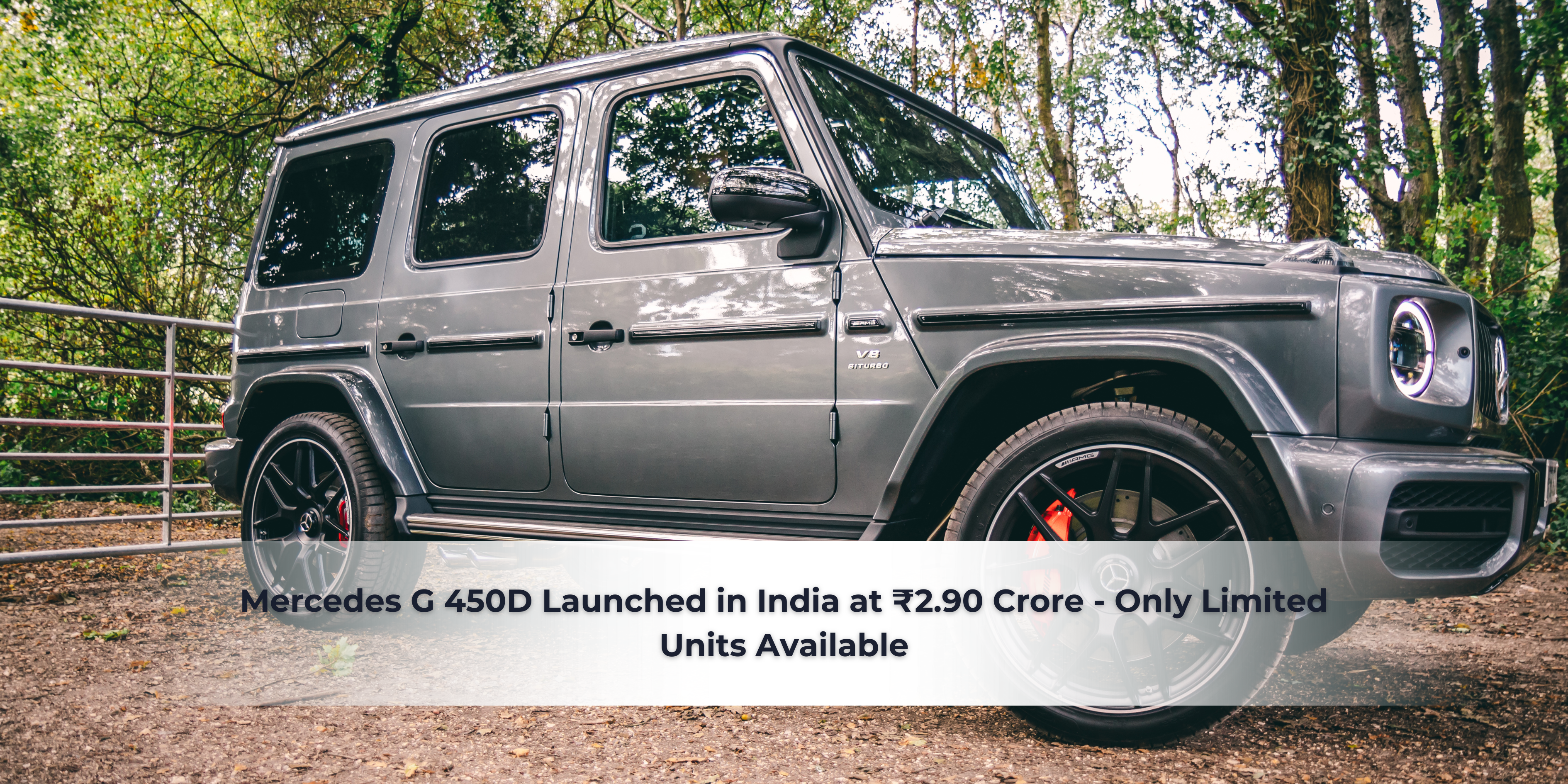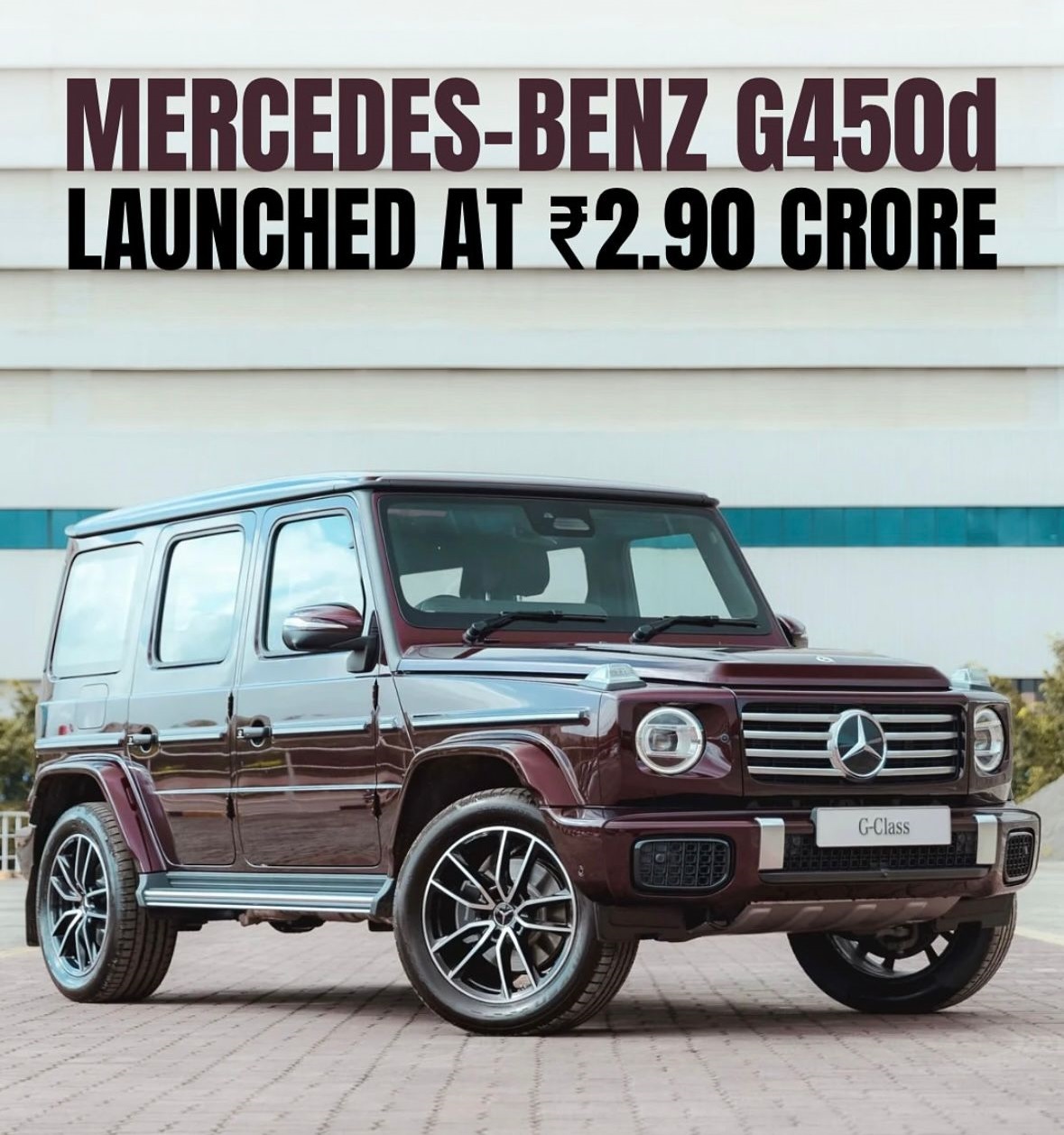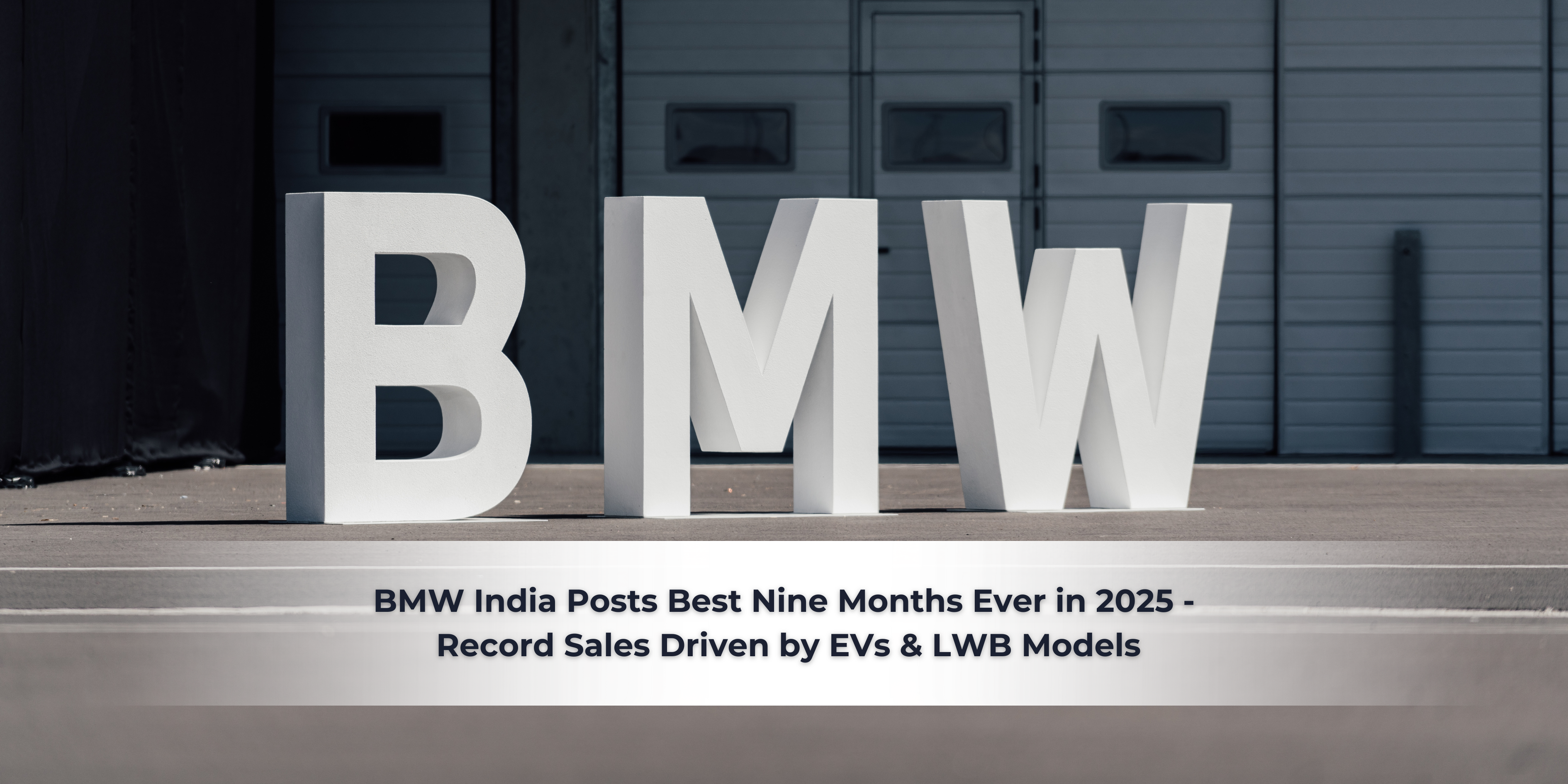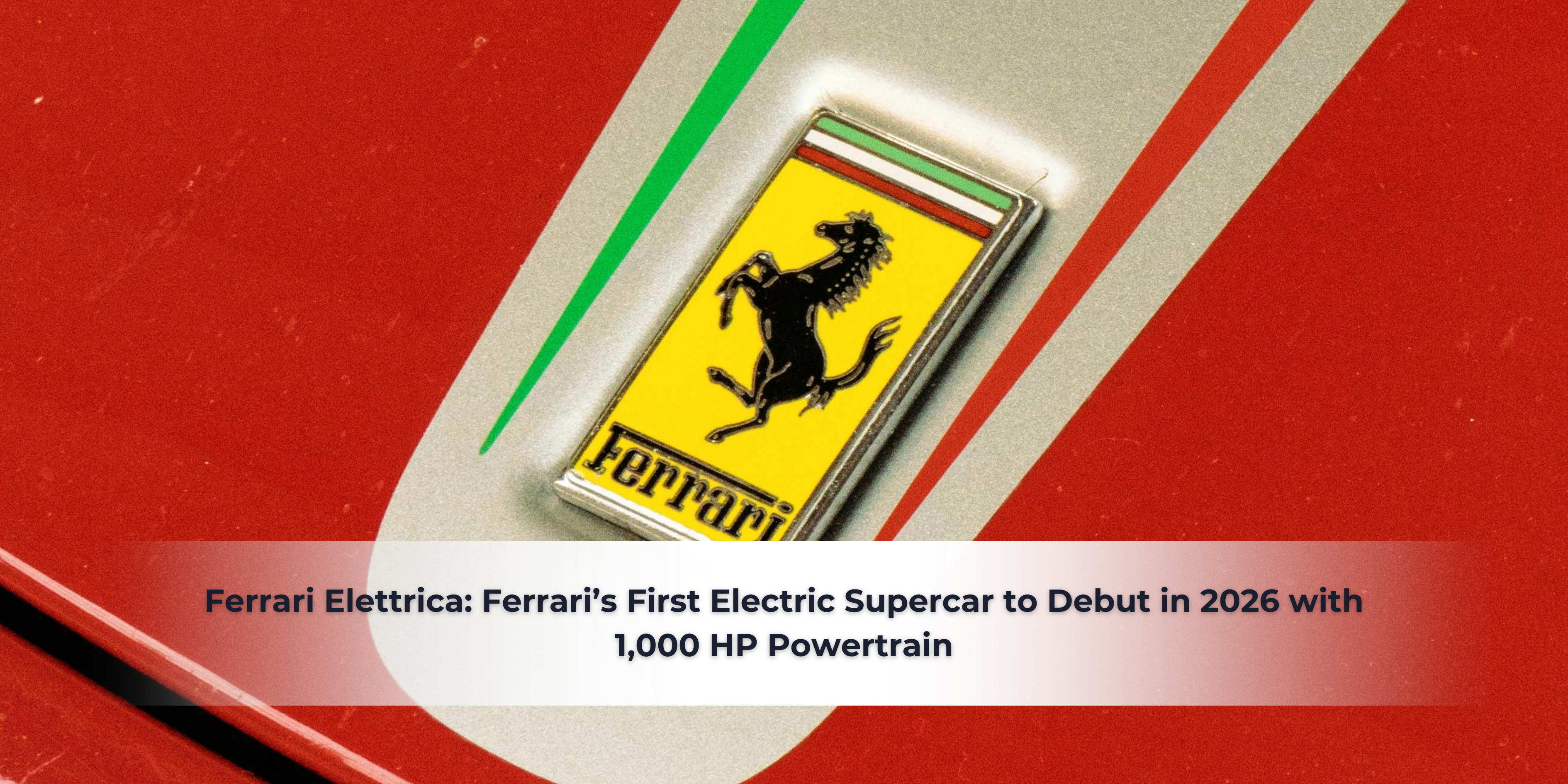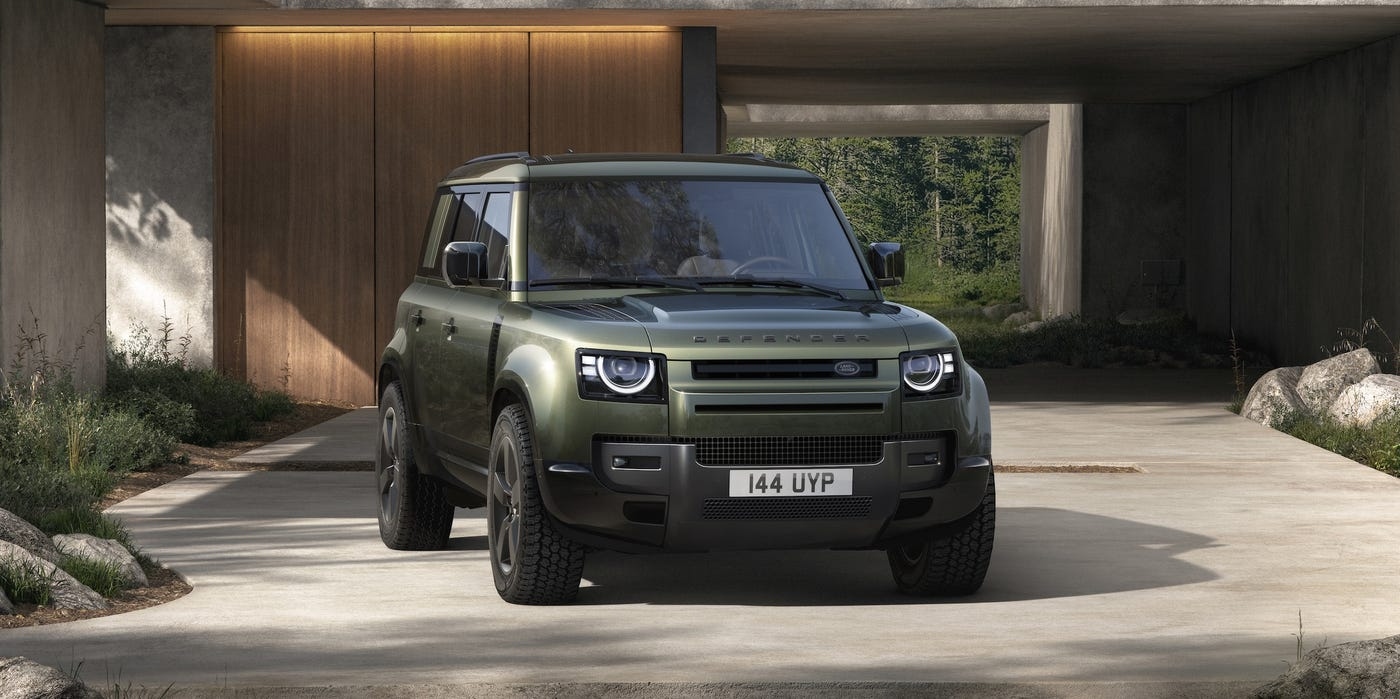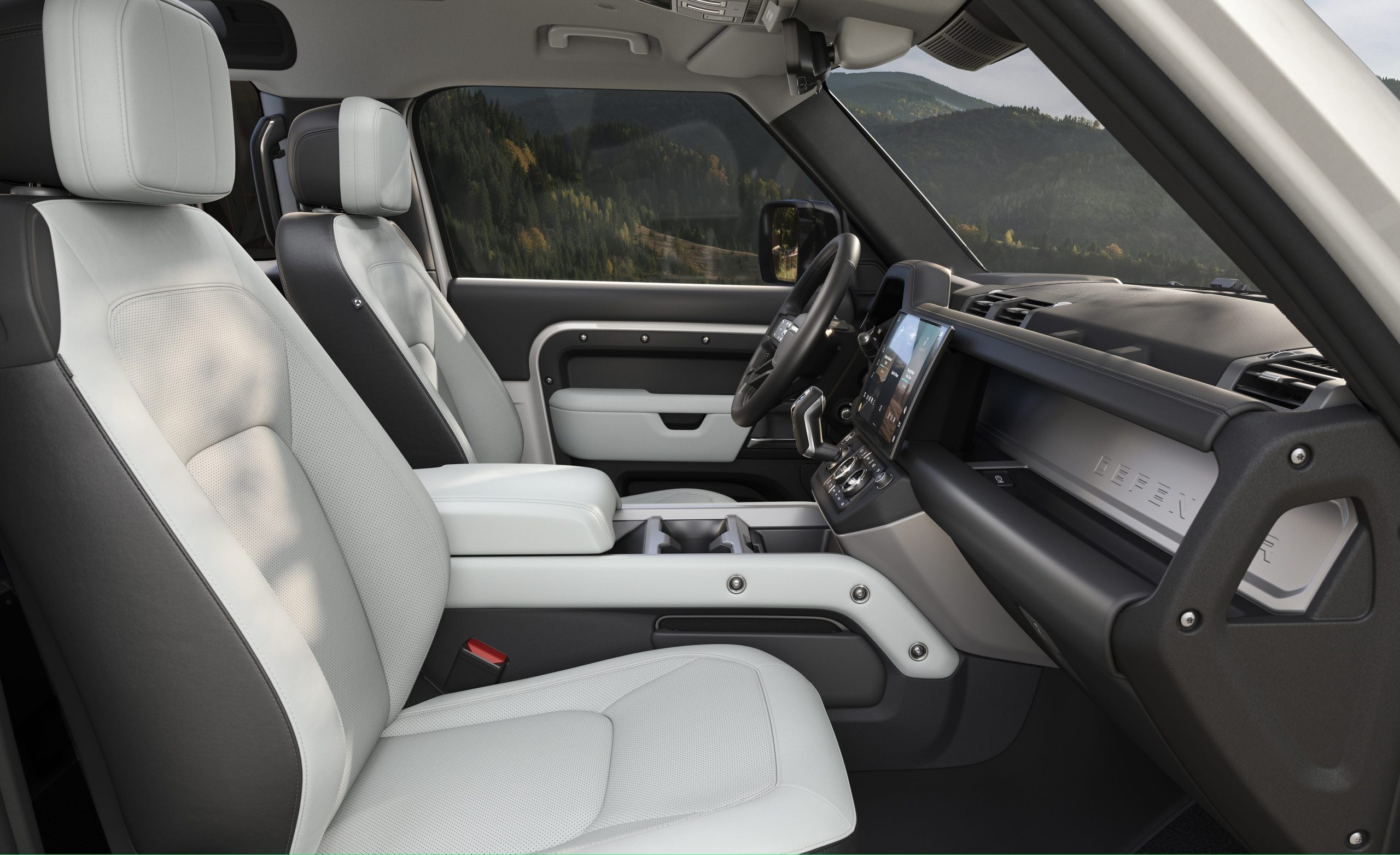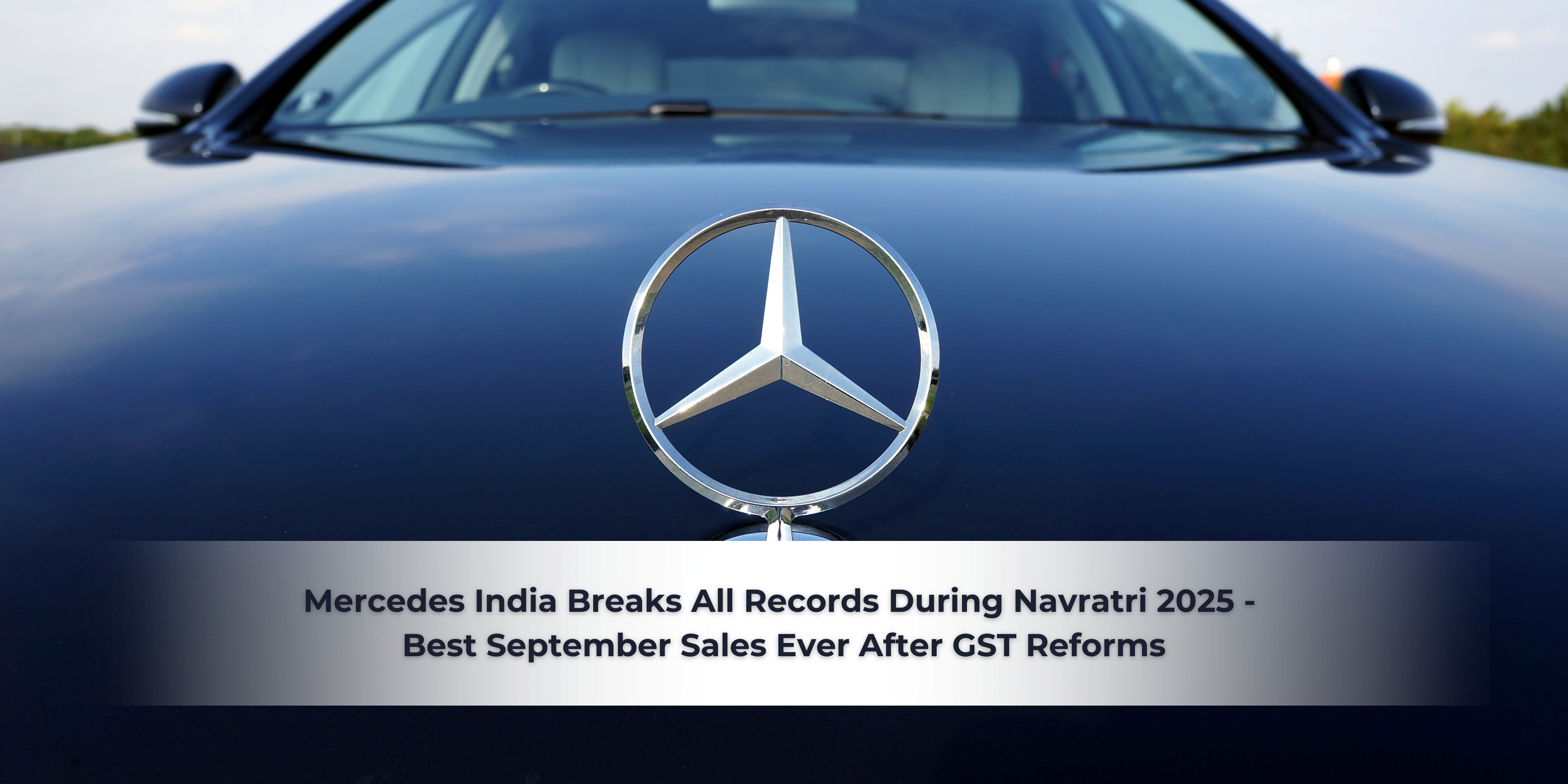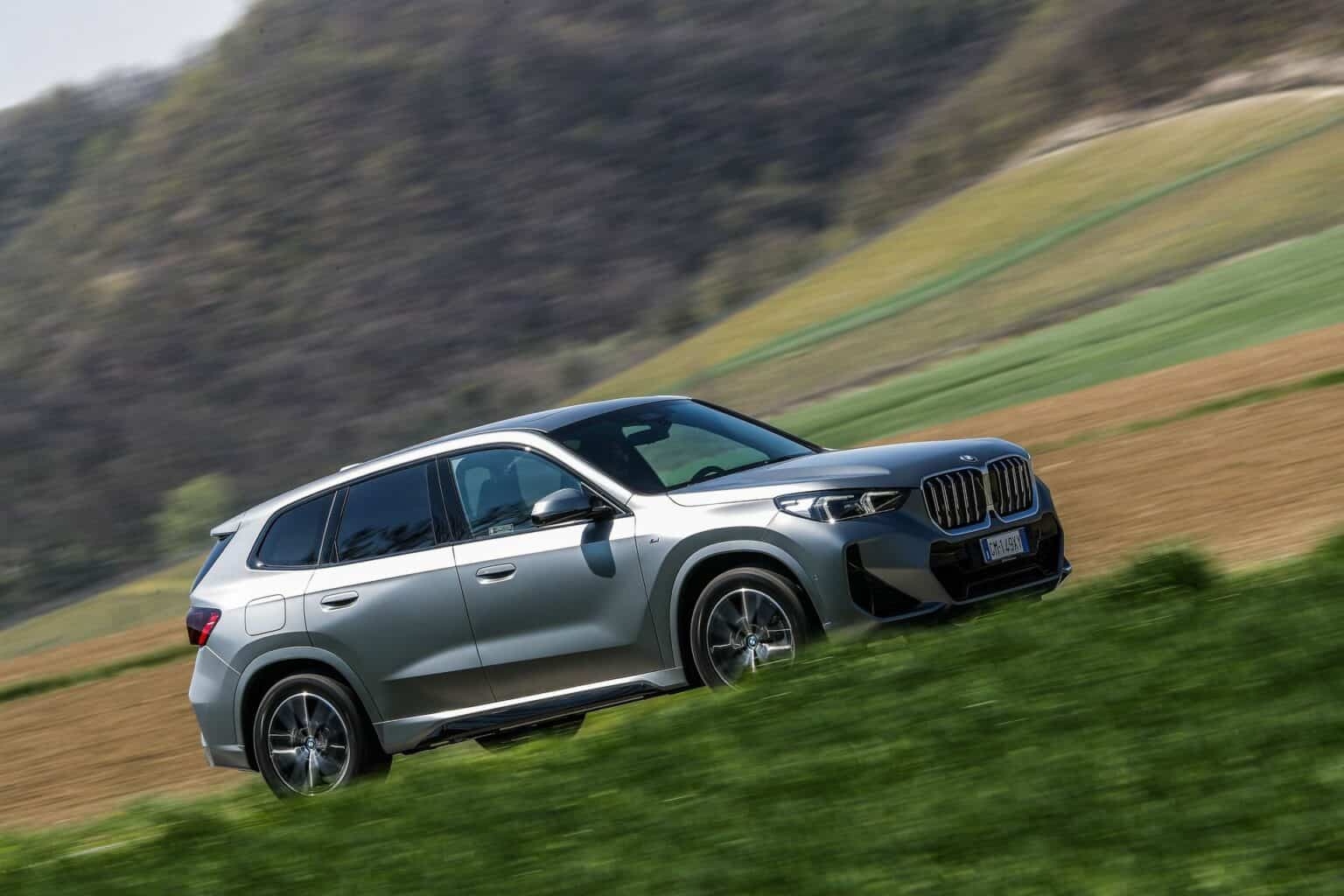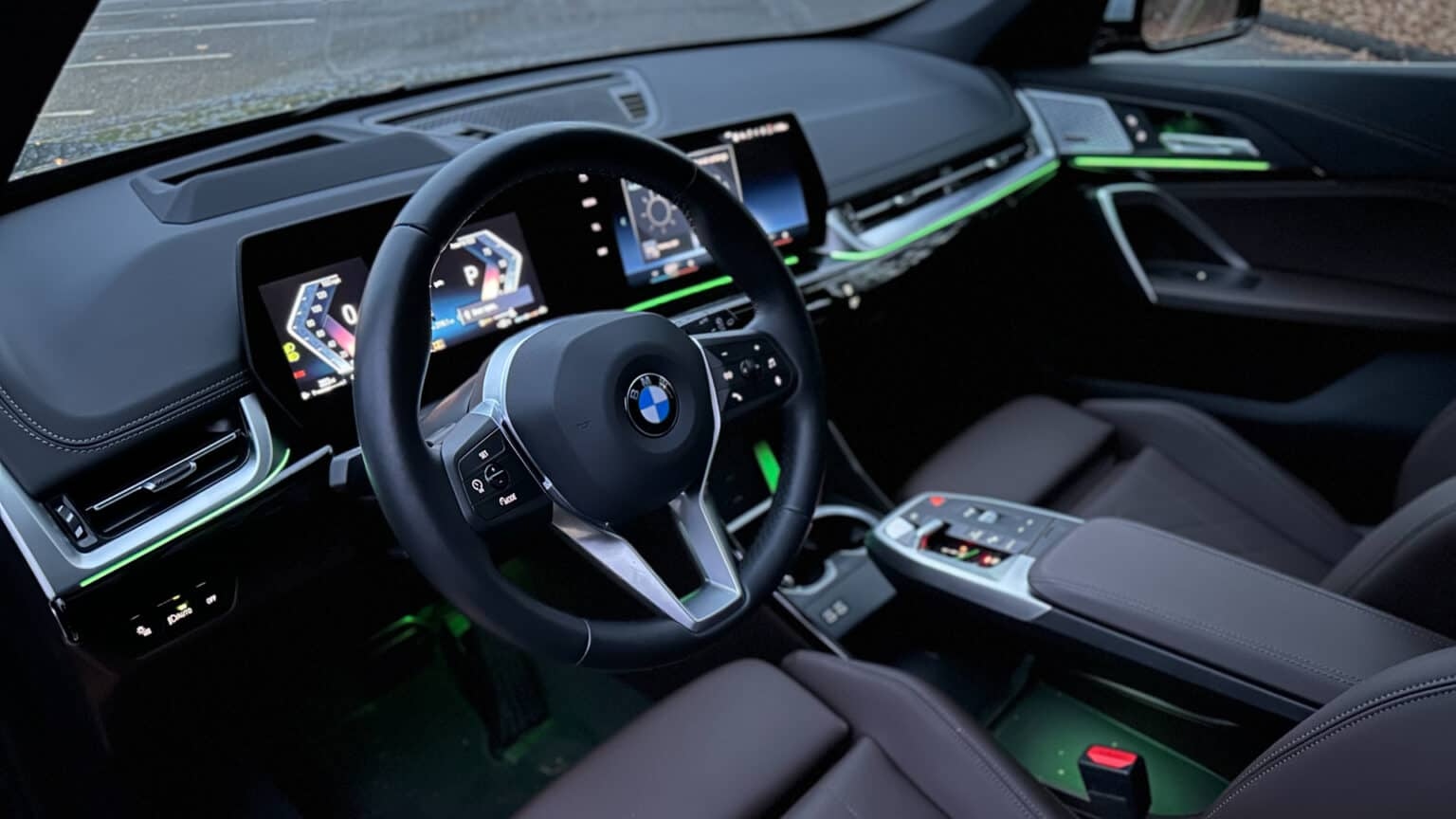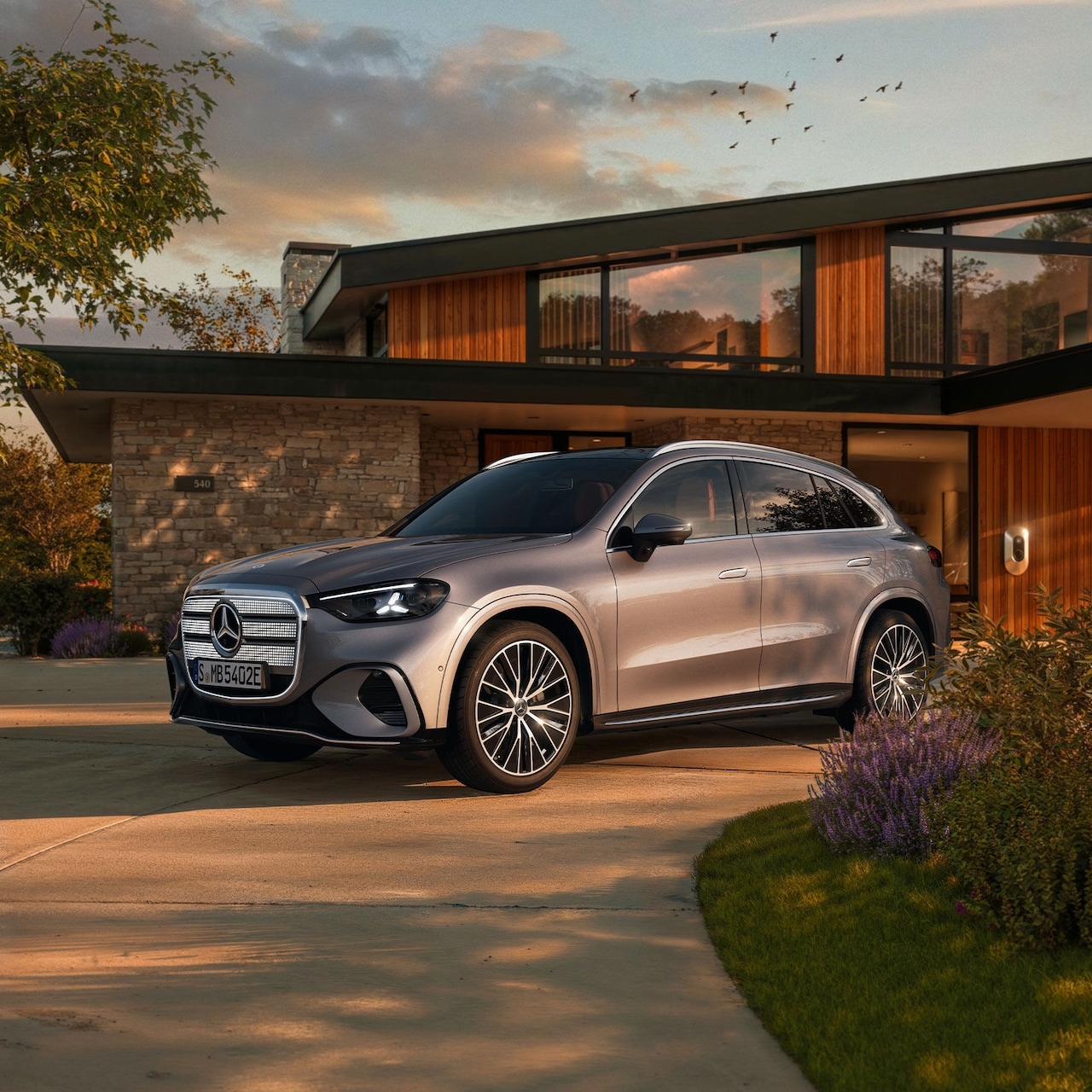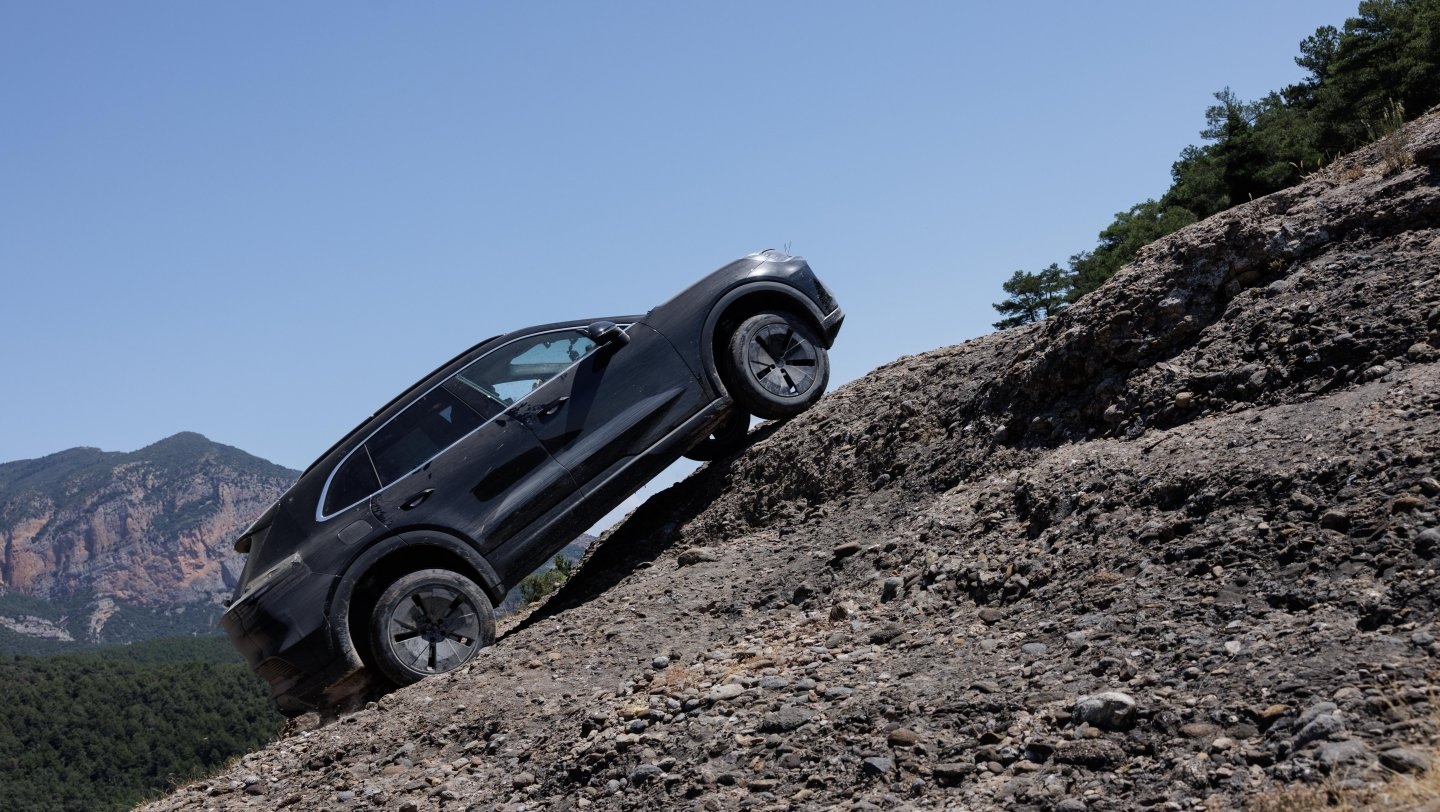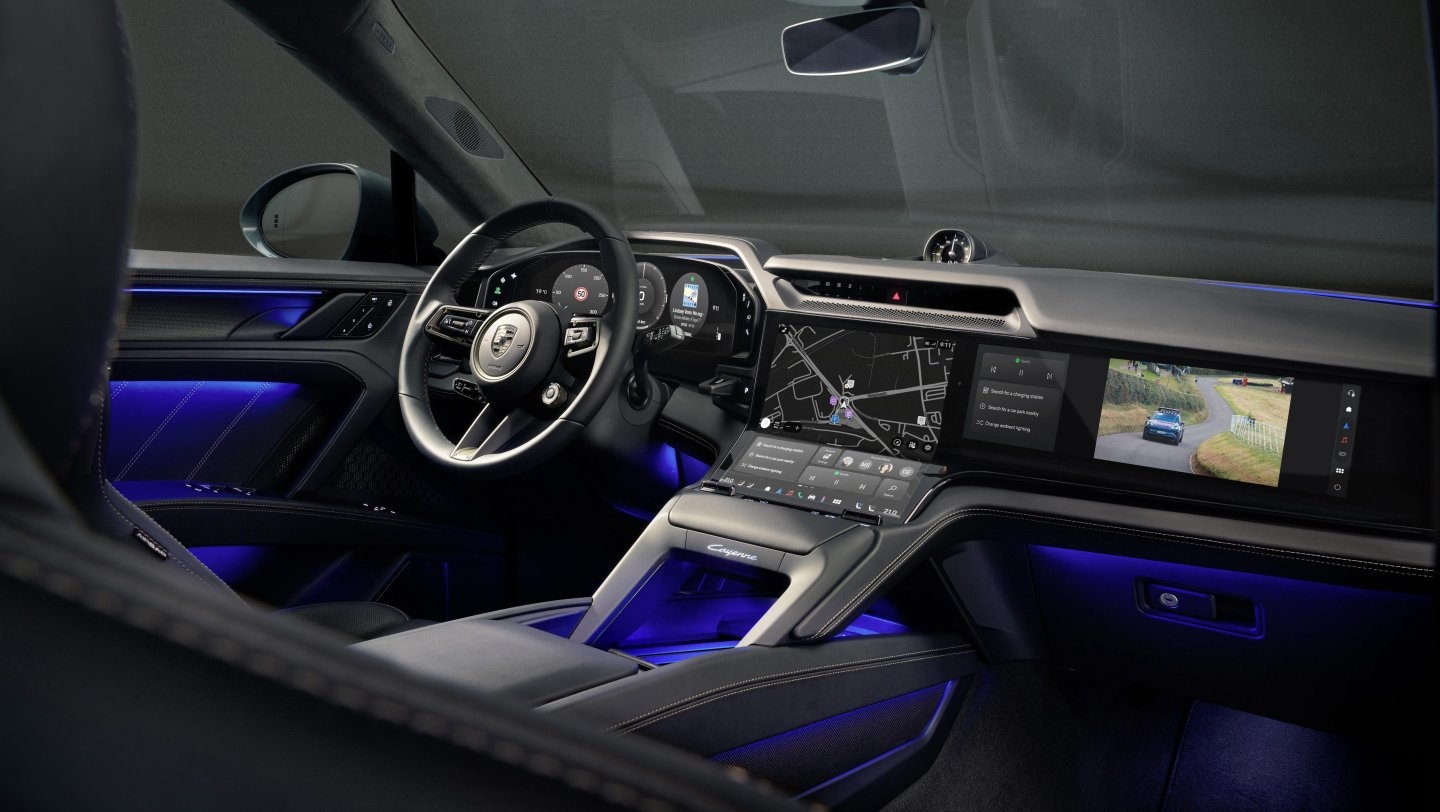Land Rover India has officially introduced the highly anticipated Defender 110 Trophy Edition, priced competitively at ₹1.30 crore (ex-showroom). As a limited-run, special variant, this SUV pays a direct homage to the brand’s legendary off-roading heritage, particularly the iconic Camel Trophy adventure challenges.
Targeting connoisseurs who demand both extreme off-road capability and unique prestige, the Trophy Edition is expected to see extremely limited production numbers in India, ensuring true exclusivity.
What Defines the Defender 110 Trophy Edition?

The Defender 110 Trophy Edition is built upon the robust Defender 110 platform but is distinguished by a specialized Trophy Exterior Package and exclusive interior appointments. It is more than just a trim level; it’s a fully accessorized, adventure-ready machine straight from the factory.
This edition features unique design cues, including exclusive paint options, extensive black detailing, and bespoke badging that links the modern SUV back to its utilitarian roots.
Key Features & Verified Specifications
Unlike the standard range, which offers multiple engine choices, the Trophy Edition in India is uniquely offered with a single, high-performance diesel powertrain.
| Feature | Verified Details & Specifications |
| Price (India, ex-showroom) | ₹1.30 crore |
| Powertrain | 3.0-litre Inline-Six Twin-Turbo Diesel (Mild-Hybrid) |
| Power Output | 350 hp (345.2 bhp) |
| Max Torque | 700 Nm |
| Transmission | 8-speed Automatic Transmission with AWD |
| 0-100 km/h | 6.4 seconds |
| Exclusive Exterior Colours | Deep Sandglow Yellow (Homage to Camel Trophy) or Keswick Green |
| Wheels & Tyres | 20-inch Gloss Black Alloy Wheels, fitted with All-Terrain Tyres |
| Signature Accessories (Trophy Kit) | Heavy-duty roof rack, deployable side ladder, black snorkel, side-mounted gear carrier, and classic mud flaps. |
| Interior Upgrades | Ebony Windsor leather seats, LED sill plates with Trophy branding, and a dashboard cross-car beam finished in the matching exterior colour with laser-etched branding. |
Why Land Rover’s Timing is Strategic
The launch of a limited-edition model like the Trophy Edition is a calculated move that addresses several market dynamics in India’s booming luxury segment:
- Exclusivity Drives Premium Demand: Luxury buyers prioritize rarity. By restricting the number of units, Land Rover generates significant buzz and scarcity, which justifies the premium price and often contributes to better long-term resale value.
- Brand Heritage and Aspiration: The use of the Camel Trophy livery and accessories directly appeals to enthusiasts who respect the Defender’s history. This moves the Defender’s image from just a luxury SUV to an aspirational collector’s item.
- Targeting the Adventure Segment: The inclusion of factory-fitted, functional off-road accessories (snorkel, roof rack) targets a specific subset of the luxury market that actually uses their vehicles for serious adventure, setting it apart from purely road-focused rivals like the Mercedes-Benz GLS or BMW X7.
- Maximizing Festive Buying: Launching a special edition close to India’s major festive seasons capitalizes on consumer sentiment and heightened luxury purchases during auspicious periods.
Buyer Considerations: Is the Premium Worth It?

The Trophy Edition demands a significant premium over the standard Defender 110 variants. Buyers must weigh the value of exclusivity against the incremental functional upgrades.
| Pros (Exclusive Value) | Trade-offs (Cost vs. Capability) |
| True Rarity: Guaranteed exclusivity due to extremely limited production numbers. | High Price Premium: The cost difference primarily funds cosmetic and accessory upgrades, not a fundamental mechanical performance boost. |
| Collectable Status: Likely to hold or appreciate in resale value due to its unique heritage appeal and limited availability. | Single Powertrain: Restricted to the 3.0L diesel. Buyers seeking the 5.0L V8 or other petrol options must choose a different variant. |
| Adventure Ready: Comes fully equipped with the factory-approved off-road accessory pack, saving the buyer the hassle of aftermarket installation. | Identical Core Performance: The legendary ground clearance, chassis, and electronic architecture (Terrain Response 2) are shared with the standard 110. |
| Distinctive Styling: The Sandglow Yellow/Keswick Green paint and extensive black trim make it an immediate head-turner. | Maintenance Costs: Being a high-end, special edition variant means higher insurance and running costs. |
Final Thoughts
The Land Rover Defender 110 Trophy Edition is not simply a vehicle; it’s a collector’s badge. For the buyer who values the Camel Trophy legacy, exclusivity, and a factory-prepped adventure look, the ₹1.30 crore price tag is easily justified.
However, if your primary motivation is pure off-road capability and you are not concerned with unique styling or limited-edition status, the highly capable standard Defender 110 variants (such as the X-Dynamic HSE) remain formidable and more economical choices. This edition is for those prepared to pay for a piece of Land Rover history.
For details on the limited unit allocation and booking process in India, contacting your authorized Land Rover dealer or Team Motozite early is highly recommended.

